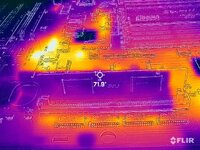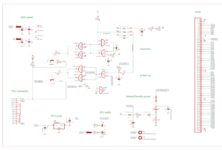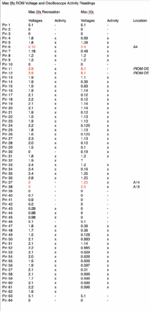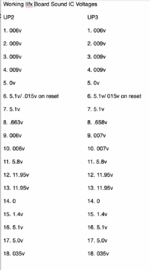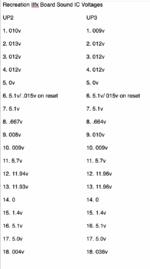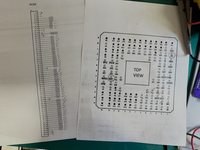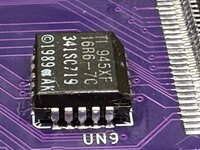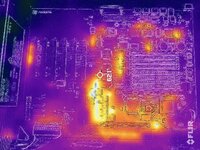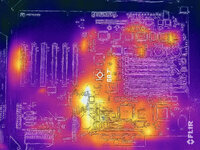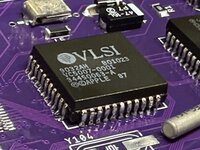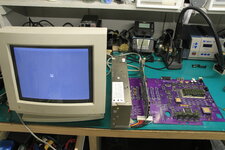I have been trying to resurrect my battery bombed Mac IIfx boards (I have two) by transferring everything to Bolle's recreation boards. I love these, but I am having a no boot, no chime on the board(s).
Reset doesn't respond. I've checked and rechecked my soldering. I've got continuity from the pad to the top of the IC's.
Frustrated I gave up on board one and started putting together board two. My issue today the second board exhibits the exact same issue. Both boards have no chime, no video. There is life on the boards. My FLIR camera shows heat but both boards lack heat with the IC's near the top of the board. Like UC8 which is connected to the Sound IC's is cold. I have a working FX that I can match up everything. The top of the board is active in the working board.
Any help or suggestions would be greatly appreciated. This is such a great way of resurrecting my old Mac IIfx boards.
Reset doesn't respond. I've checked and rechecked my soldering. I've got continuity from the pad to the top of the IC's.
Frustrated I gave up on board one and started putting together board two. My issue today the second board exhibits the exact same issue. Both boards have no chime, no video. There is life on the boards. My FLIR camera shows heat but both boards lack heat with the IC's near the top of the board. Like UC8 which is connected to the Sound IC's is cold. I have a working FX that I can match up everything. The top of the board is active in the working board.
Any help or suggestions would be greatly appreciated. This is such a great way of resurrecting my old Mac IIfx boards.
Attachments
-
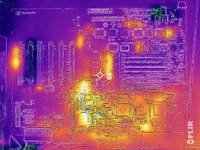 1208-mac iifx recreation board 2 flir.jpg1,006.5 KB · Views: 44
1208-mac iifx recreation board 2 flir.jpg1,006.5 KB · Views: 44 -
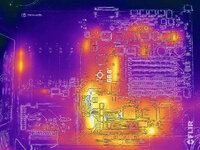 2024-1208-mac iifx recreation bd 1 no chime flir.jpg940 KB · Views: 42
2024-1208-mac iifx recreation bd 1 no chime flir.jpg940 KB · Views: 42 -
2024-1208-mac iifx recreation bd 2 no chime.jpg6 MB · Views: 18
-
2024-1208-mac iifx recreation bd no chime back.jpg5.1 MB · Views: 9
-
2024-1208-mac iifx recreation bd no chime.jpg5.2 MB · Views: 9

